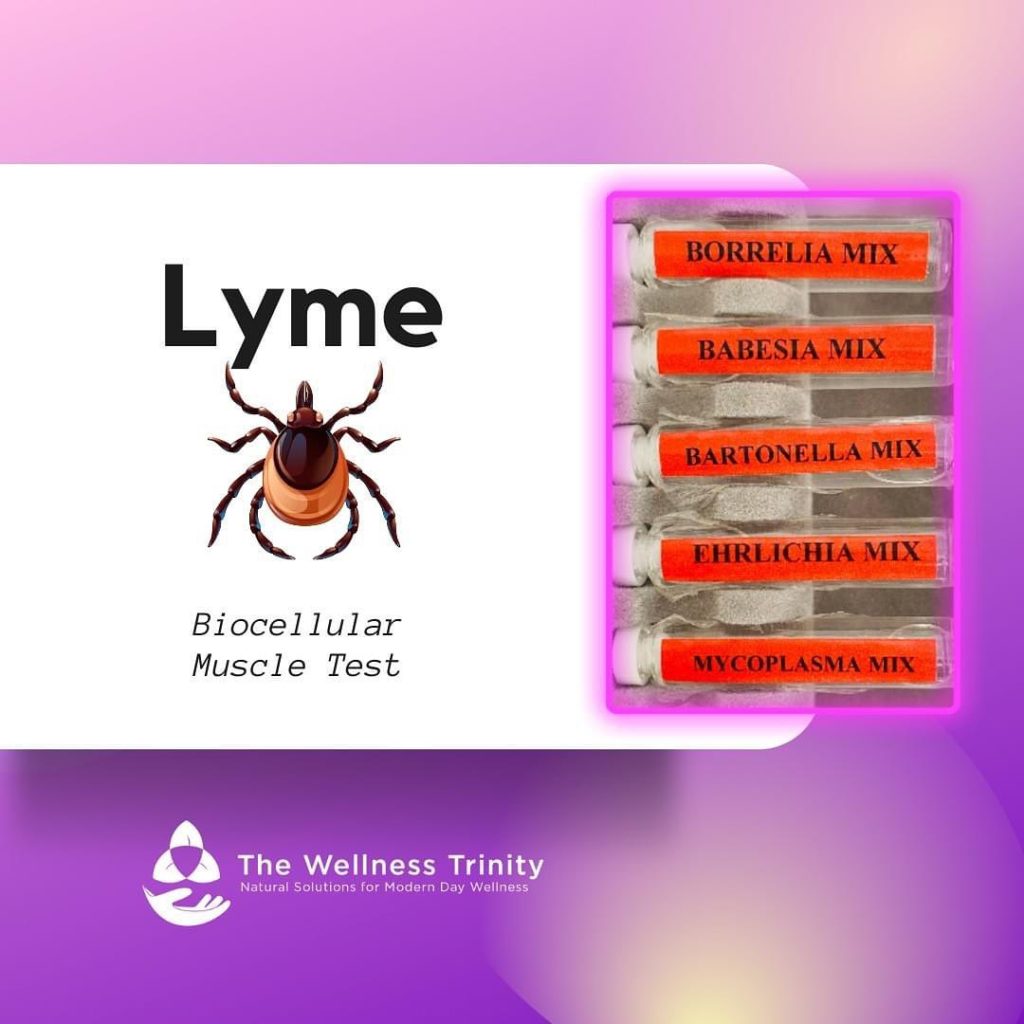Borrelia burgdorferi is the spirochete bacteria that causes Lyme disease
Fatigue, joint and muscle pain, digestion issues, mental health challenges, etc can all be signs of Lyme disease. See my last post to learn more about Lyme symptoms.
Pathogens do not usually exist alone. Lyme is no different in that way. The following are some infections that tend to exist with Lyme. If these infections are not addressed, it is difficult for a person to fully recover.
Babesia is a small parasite that infects red blood cells and sucks the hemoglobin out of them, leaving them to explode and die. Neck stiffness and pain, and fatigue are a common symptom of Babesia.
Bartonella is a bacteria that is often associated with the cat scratch disease. Homeless people and other animals, including dogs can also transmit this bacteria. A common symptom is having headaches in the front of the head and behind the eyes.
Ehrlichia is an intracellular gram-negative bacteria, which means that it relies on its host cell for survival. It tends to affect white blood cells called mononuclear phagocytes which are part of the body’s innate immune system and causes flu-like symptoms such as the chills, fever, and gastrointestinal distress.
Mycoplasma are a tiny gram-positive bacteria. This bacteria is commonly seen with pneumonia-like symptoms including shortness of breath, cough and a sore throat.
In the Biocellular Muscle Test that we do, Borrelia these co-infections are tested for along with the remedies that can help to counteract them.











